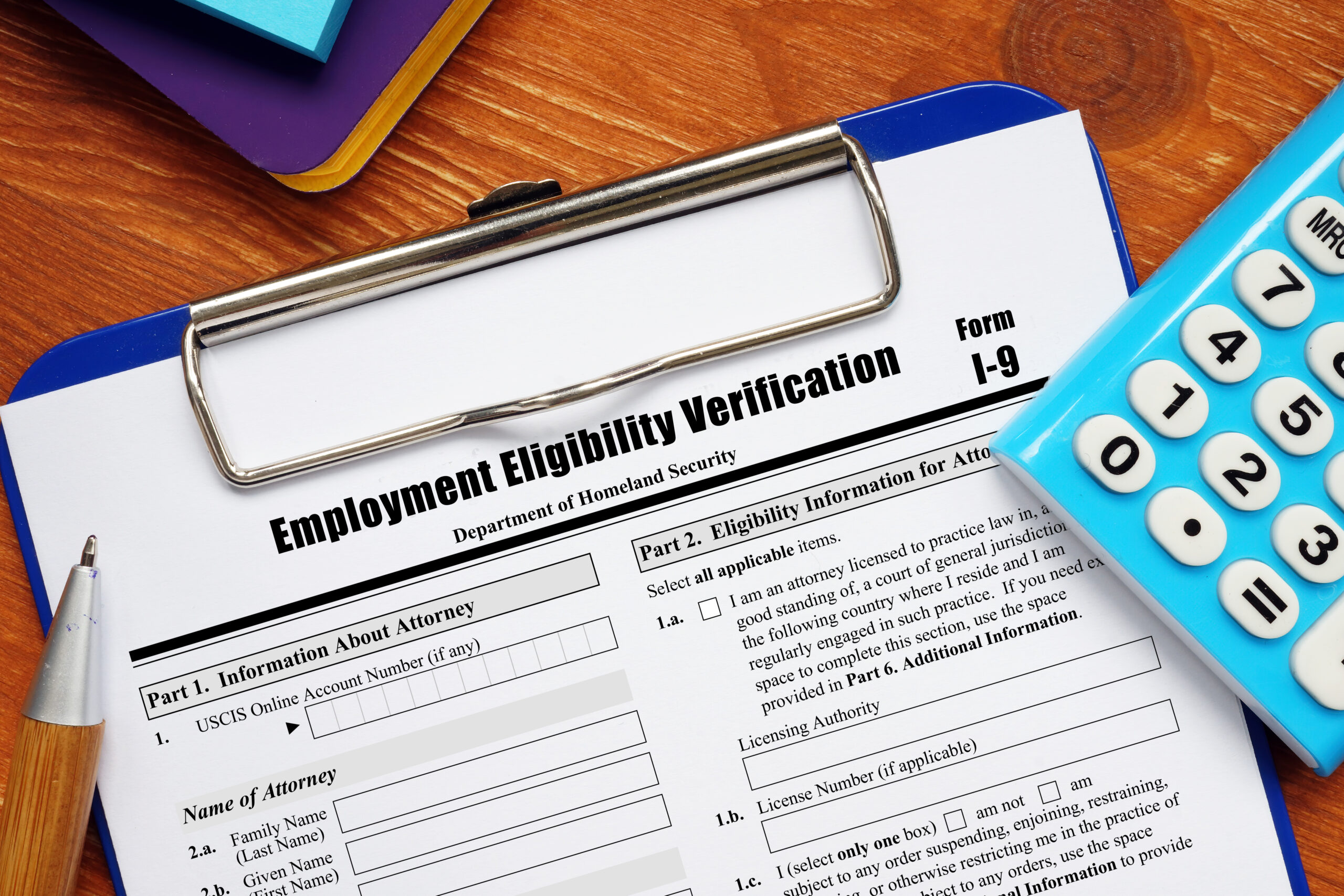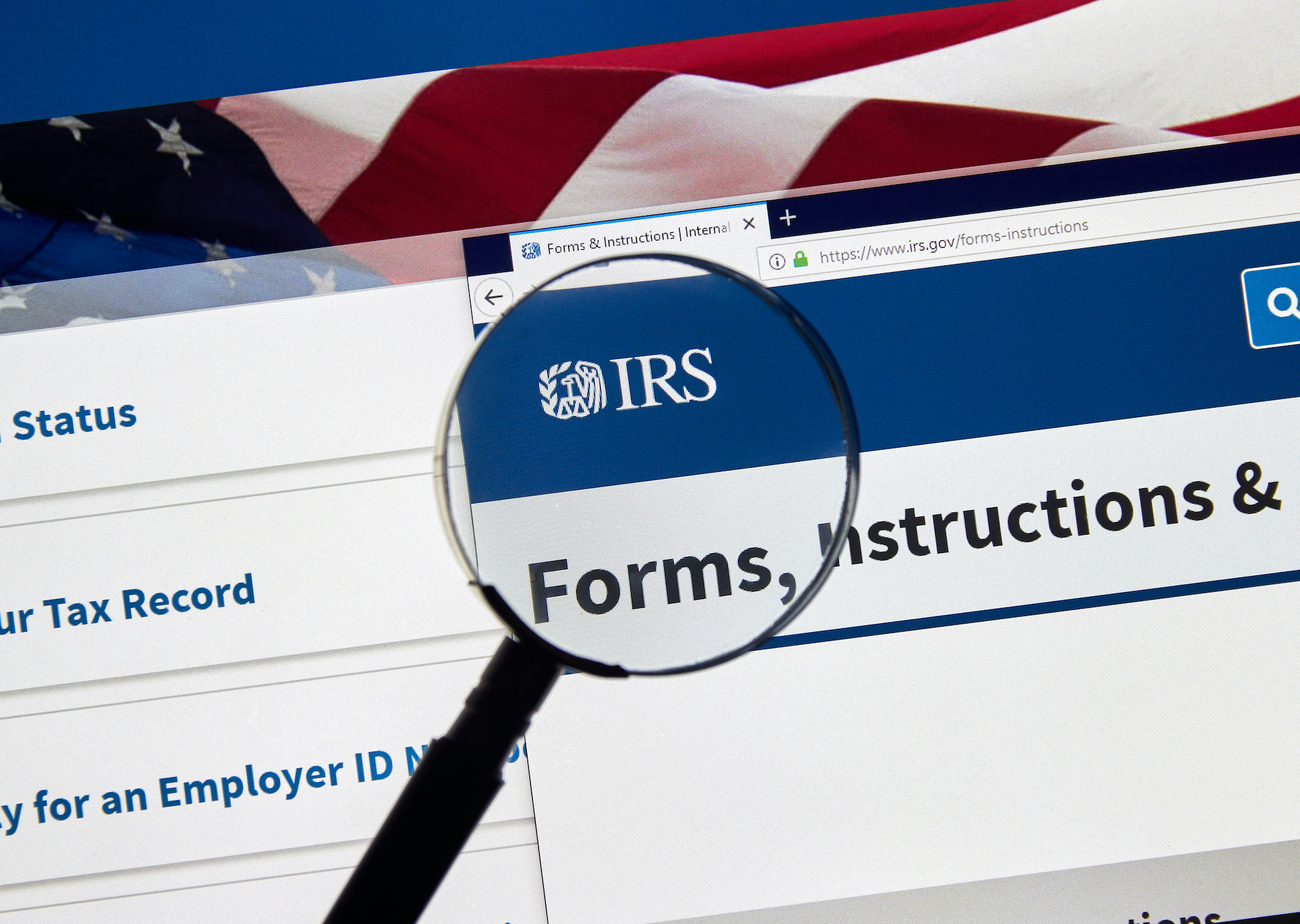Nondiscrimination testing is an important topic with various acronyms that are frequently encountered. Some of the common ones are:
A note on calculating HCE salaries by prior year vs. current year: “Prior year” means that the average deferral rate for HCEs in the current year (i.e. the plan year being tested) will be compared to the average deferral rate for the NHCEs from the prior calendar year. This is generally advantageous since you’ll know the HCE limit in advance (see the table in the ADP Test section above), rather than trying to manage against a moving target that changes throughout the year. However, the impact of any increase in participation due to education campaigns will not be recognized until the next year.
If you’re setting up a new 401(k) that uses prior year testing, you won’t have a “prior year” to compare against—so, the IRS allows you to assume 3% as the non-highly-compensated employee average (the left-hand column in the ADP Test table). For your first year of administering a 401(k), your highly-compensated employees will be able to contribute up to 5% of their compensation on average if you choose to use the prior year’s testing election.
A plan may also elect to use the “current year” testing method. This method compares the HCE average deferral rate for the current year with the NHCE average deferral rate for the current year. A plan can be amended to switch from prior year to current year testing at any time. However, once the amendment is approved, the program must generally use the current year method for five consecutive years before switching back to the prior year method.
- NDT: Nondiscrimination testing
- SMB: Small and medium-sized business, typically any company with fewer than 100 employees
- HCE: Highly-compensated employee
- NHCE: Non-highly compensated employee
- ADP Test: Actual deferral percentage test
- ACP Test: Actual contribution percentage test
What is non-discrimination testing?
Nondiscrimination testing requires that employees of a certain status (highly-compensated employees and Key employees) stay within a specific contribution rate, as determined by the contribution rate of NHCEs. These tests measure the participation levels of HCEs and NHCEs to make HCEs utilize specific plans appropriately. These tests follow federal regulations established for every type of benefit plan, including retirement plans. The plan year in question is often called the “determination year.” While the tests focus on participation levels across all employee types within an organization, multiple factors can play a role in that participation—and whether a company passes or fails the nondiscrimination tests.Why does nondiscrimination testing exist for 401(k) plans?
Because the U.S. government offers substantial tax benefits through 401(k) retirement savings plans, they want to ensure that plans do not unfairly benefit company owners (Key employees) and HCEs over NHCEs. It must pass annual tests to ensure a 401(k) plan isn’t “discriminating” or favoring specific employees. This responsibility falls on the company offering its employees the 401(k).HCE (highly-compensated employees) and NHCE (non-highly compensated employees)
An HCE is technically defined as an employee who meets either of the following qualifications, as outlined by the Internal Revenue Service:Ownership
When determining who is an HCE due to ownership, we must evaluate two time periods: the plan year being tested (the determination year) and the preceding year (the lookback year). If an employee-owned more than 5% of the interest in the business at any time during the determination year OR the lookback year, regardless of how much compensation that person earned or received, that person is an HCE. Employees related to an HCE based on ownership will also be treated as HCEs (“related” is defined via family attribution—spouse, children, parents, and grandparents—but NOT in-laws, siblings, or grandchildren).Compensation
Compensation is defined by the IRS includes wages and salaries, bonuses, tips, and fringe benefits. When determining who is an HCE due to compensation, we’re only considering compensation in the lookback year. An employee will be an HCE based on compensation if the employee’s annual compensation in the lookback year was $150,000 or more (if the preceding year is 2023). The plan may limit the number of HCEs based on compensation by electing in the plan document to use the “top paid group election” as explained further below. HCEs and NHCEs are mutually exclusive categories, so all other eligible employees who do not meet the above tests are considered NHCEs. Example: If NDT is being run for the 2021 plan year (the determination year), we will look for HCEs based on compensation paid in 2020—and we will look for HCEs based on ownership in both 2020 and 2021. New, mid-year hires: Keep in mind that a highly paid employee will not be an HCE based on compensation in the first year they are hired because they do not have compensation in the lookback year. So, you might have more NHCEs than you think Note for HCE-heavy companies: An optional top 20% distinction is called the “top paid group election.” The “top-paid group” is the top 20% in compensation of the entire participant group. This characterization is normally only used when there is a relatively large number of HCEs. This is a very specific use case, so if you have questions about this, let us know! The plan document must include the top paid group election specifically before it can be used.Key employees
Separate from HCE and NHCE distinctions, someone is considered a Key employee if ANY of the qualifications below are met for the determination year (the year being tested for top heavy status):- Compensation: Any officer whose annual compensation is$215,000 or more (for the 2023 determination year; $200,000 for the 2022 determination year).
- Ownership OR relationship:Any employee who owns more than 5% of the company, or is directly related to someone who does.
- Ownership AND compensation:Any employee who owns more than 1% of the company and earns more than $150,000 (not indexed).
The standard approaches: ADP test and ACP test
The ADP and ACP tests apply to “traditional” 401(k) plans (i.e. non-safe harbor plans).Actual deferral percentage (ADP) test
This test compares the average percentage of the salary that participating HCEs defer to the average percentage that NHCEs defer. This percentage reveals how relatively engaged in the plan each employee type is at a glance. This test doesn’t reveal the total number or percentage of employees who are making deferrals. Instead, it measures the level of engagement. There are two percentages you need to calculate:- Annual HCE Contribution Rate: Group the HCEs together and calculate the average annual employee deferral rate as a percentage of their total compensation.
- Annual NHCE Contribution Rate: Group the non-HCEs together and calculate the average annual employee deferral rate as a percentage of their total compensation.
| Annual NHCE Contribution Rate | Maximum Annual HCE Contribution Rate | |
| Less than 2% | → | NHCE% x 2 |
| Between 2-8% | → | NHCE% + 2 |
| More than 8% | → | NHCE% x 1.25 |
Actual contribution percentage (ACP) test
This test applies only to companies offering a 401(k) match or after-tax contributions. The calculations and breakdowns are the same as with ADP, but they include employer match and after-tax contributions when calculating an average contribution rate for HCEs and NHCEs.A third “test”: The top-heavy determination
While not technically a nondiscrimination test, this determination may result in required contributions to your participants—so we’re explaining it here. The top-heavy test looks to see if Key employees hold more than 60% of the total plan assets by comparing the account balance of Key employees to non-key employees using data from the last day of the prior 12-month testing period. For the plan’s first year (no assets for the previous year), the top-heavy determination is done on the last day of the current year. The plan is top-heavy if the Key employees’ total account balance exceeds 60% of Key and non-key balances. If a plan is top-heavy, the employer must generally make a minimum contribution of 3% of each non-key participant’s compensation. Any employer contribution made for the year (e.g., match, profit sharing, safe harbor contributions) can offset any top-heavy minimum contribution owed to a participant.Action steps for the ADP, ACP, and top-heavy tests
To ensure that your company’s 401(k) plan is neither discriminatory nor top-heavy, it’s legally required that your 401(k) administrator performs testing annually. We strongly advocate for proactive, regular monitoring and tracking of contribution percentages. Staying vigilant through the year can help your company make employee withholding adjustments as needed without the risk of failing the tests or making significant adjustments near the plan year’s end. It’s vital that employers encourage NHCEs to contribute to their 401(k) plans throughout the year so that the ratio isn’t skewed too heavily to the HCEs. This is both a helpful thing to do from an NDT perspective and a good thing for your employees regarding financial literacy. (Note: As discussed earlier, the benefit of increased NHCE enrollment will be delayed for plans using prior-year testing.). Here are three tips to increase their contribution rates that can be done proactively before annual testing:- Auto-enroll employees into your 401(k) plan: This is shown to increase overall participation rates. Some data shows that, among new hires, automatic enrollment increases participation rates in defined contribution plans to 91%.
- Make the 401(k) experience easy: Human Interest’s dashboard is uncomplicated and easy for employees to use, making them more likely to sign up and adjust their contributions as needed.
- Educate NHCEs about the importance of contributing to a 401(k): Not just for helping the company pass NDT, but for their financial futures.
The easy way: Safe harbor design
A safe harbor plan design automatically exempts the plan from the ADP and ACP tests (in most cases). If you’re not contributing additional contributions in a plan year, your 401(k) may be automatically exempt from the top-heavy test.Pros of a safe harbor design:
- Helps businesses automatically pass ADP and ACP testing and may satisfy top-heavy testing requirements
- Provides a tremendous incentive for employees to save for their future and allows all employees to contribute the maximum allowable amounts to their 401(k).
- Includes a mandatory, tax-deductible employer contribution to a 401(k), which can also provide an advantage for recruiting and retaining talented employees
Cons of a safe harbor design:
- Under the safe harbor design, you must commit to one year (which must be renewed annually).
- Termination fees may be charged by some 401(k) recordkeepers if you ever change your mind (although Human Interest never charges transaction fees)
- There are specific deadlines. If you decide to offer a safe harbor contribution, you may be limited to starting it at a particular time.
- It can be relatively expensive, depending on your employees’ salaries.
What happens if I fail NDT? What can I do?
If you take corrective measures quickly, it’s pretty easy to resolve—and you should avoid any negative long-term consequences and penalties. There are a few options if you fail.- Cut back HCEs: You can cut back your HCEs until the test is passed.
- QNEC: You can contribute NCHEs until the test is passed. This is called a Qualified Non-Elective Contribution.
Post Views: 726





